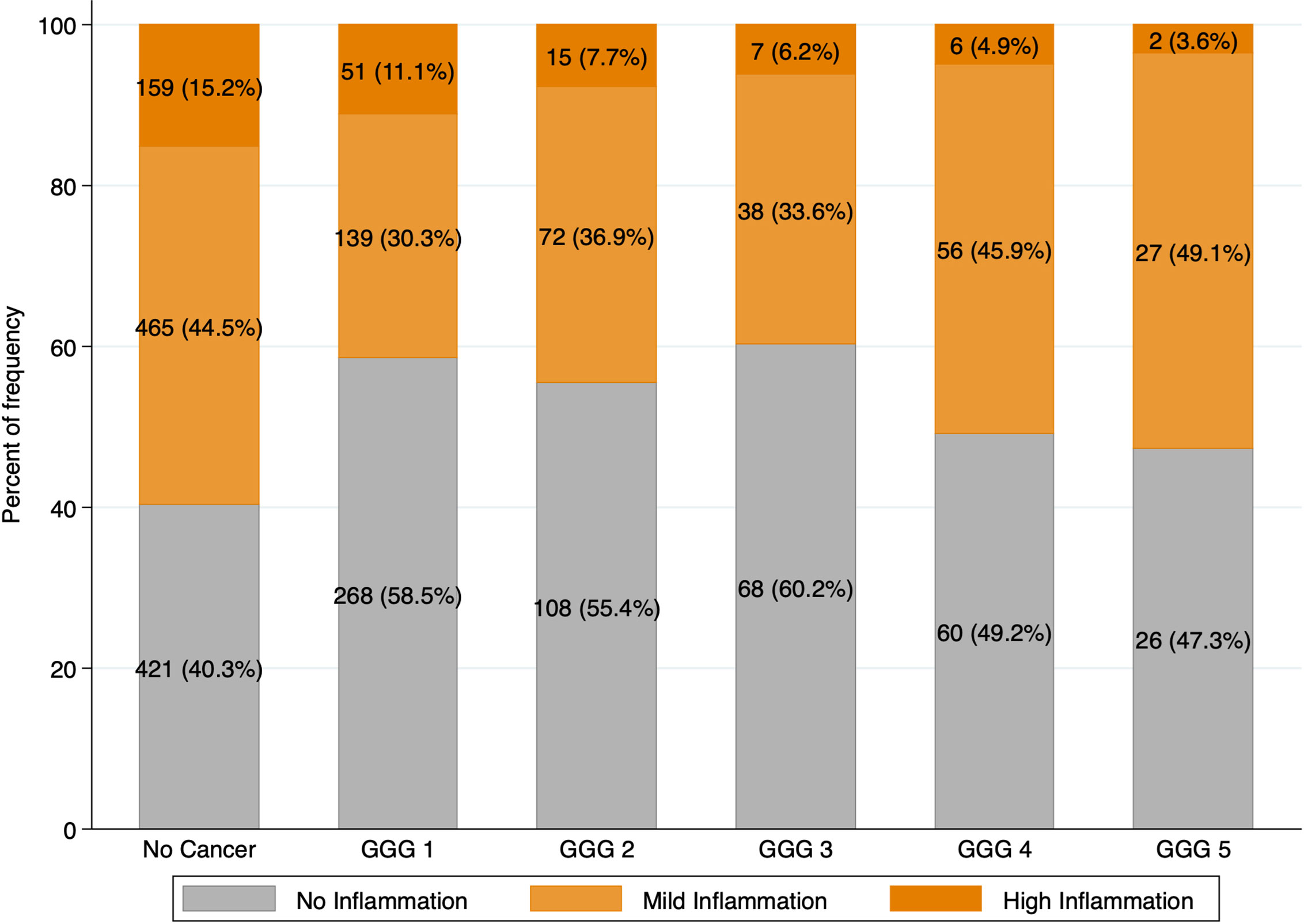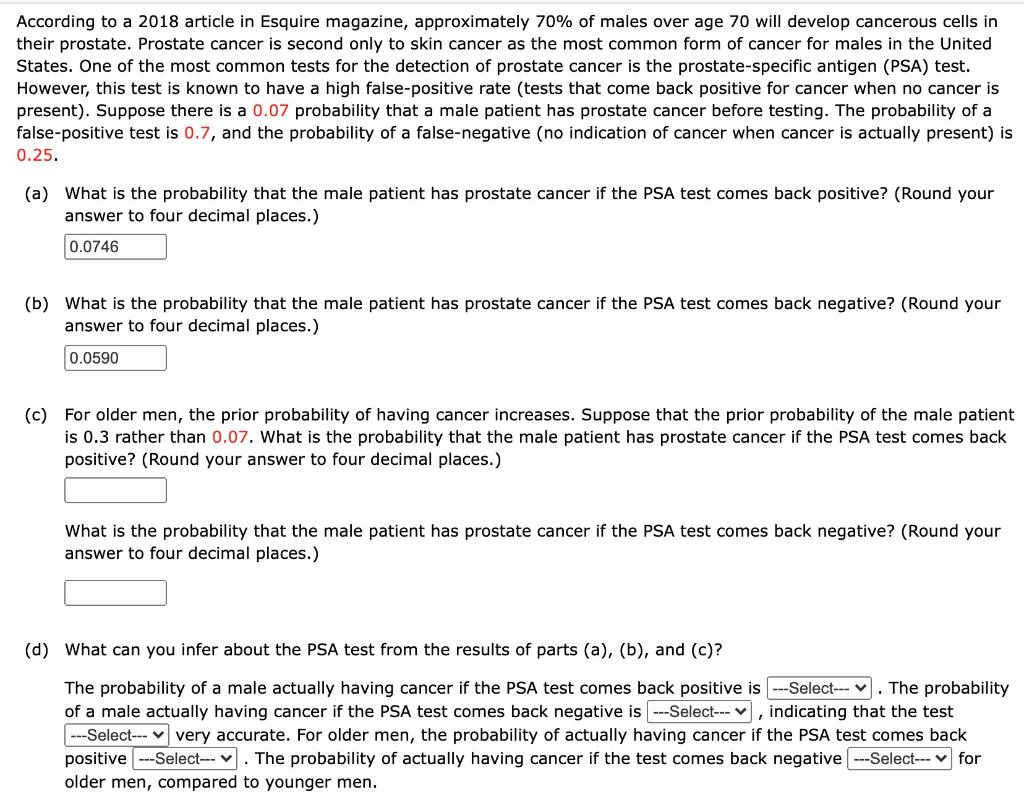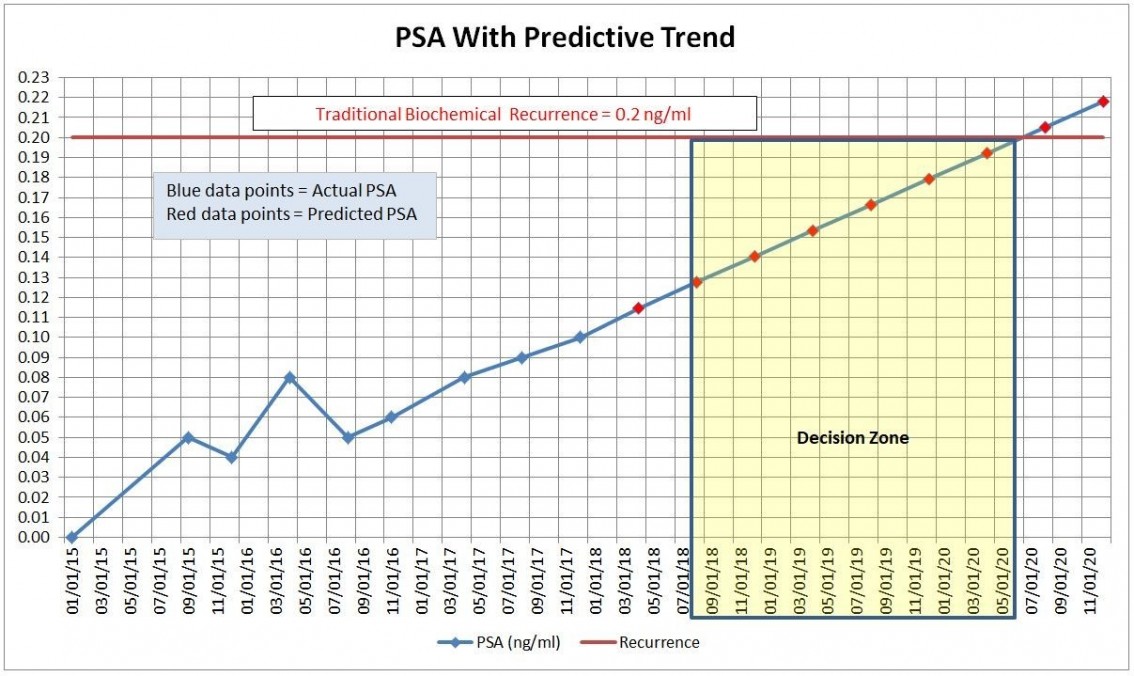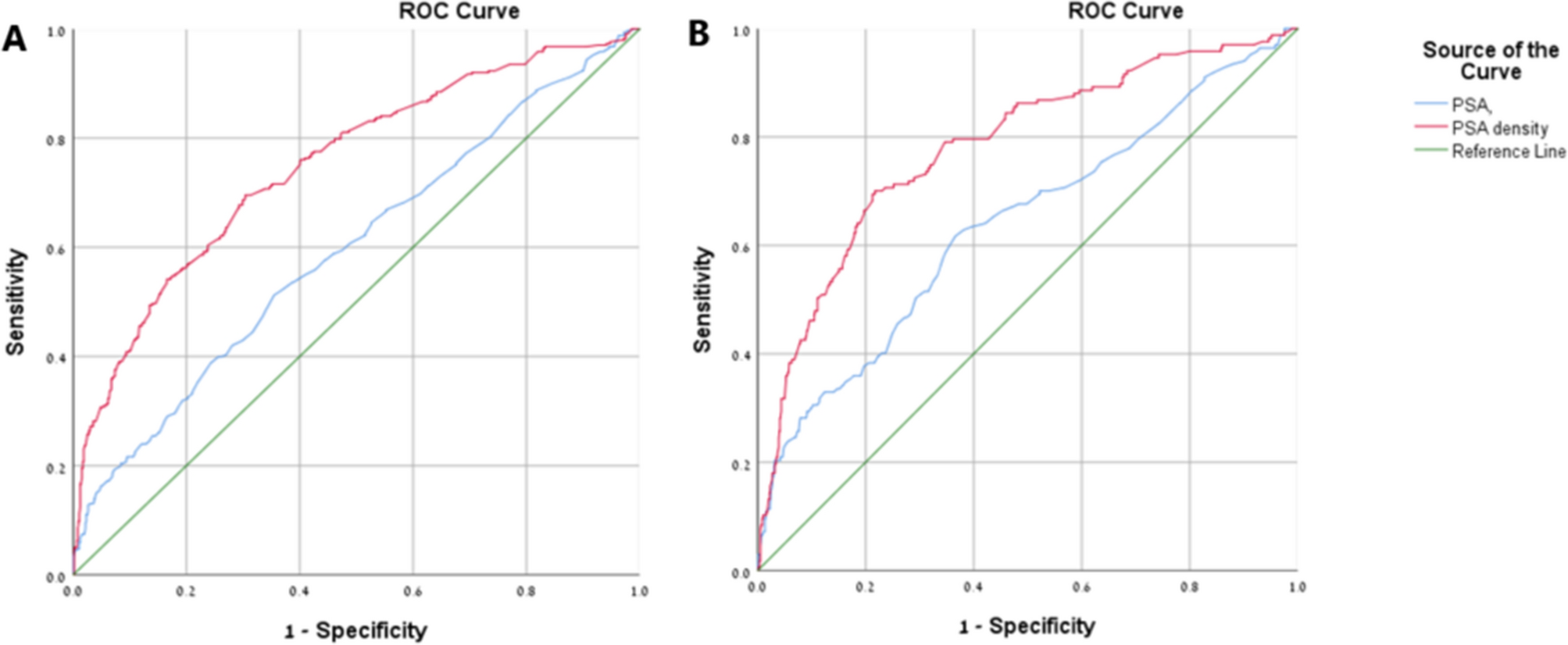
The use of prostate specific antigen density to predict clinically significant prostate cancer | Scientific Reports
Biochemical recurrence after radical prostatectomy according to nadir prostate specific antigen value | PLOS ONE

Measurement of total and free prostate specific antigen (PSA) in human serum samples using an ultra-microanalytical system - ScienceDirect

CD8+ T Cells Impact Rising PSA in Biochemically Relapsed Cancer Patients Using Immunotherapy Targeting Tumor-Associated Antigens: Molecular Therapy

ESMO 2022: Association between prostate-specific antigen decline and clinical outcomes in patients with metastatic castration-resistant prostate cancer in the VISION trial

Free PSA/Total PSA Ratio Increases the Detection Rate of Prostate Cancer in Twelve-Core Biopsy | Semantic Scholar

Residual Benign Prostate Glandular Tissue after Radical Prostatectomy is Not Associated with the Development of Detectable Postoperative Serum Prostate Specific Antigen | Journal of Urology

performance of PSA density with respect to multiple cutoff levels. Note... | Download Scientific Diagram
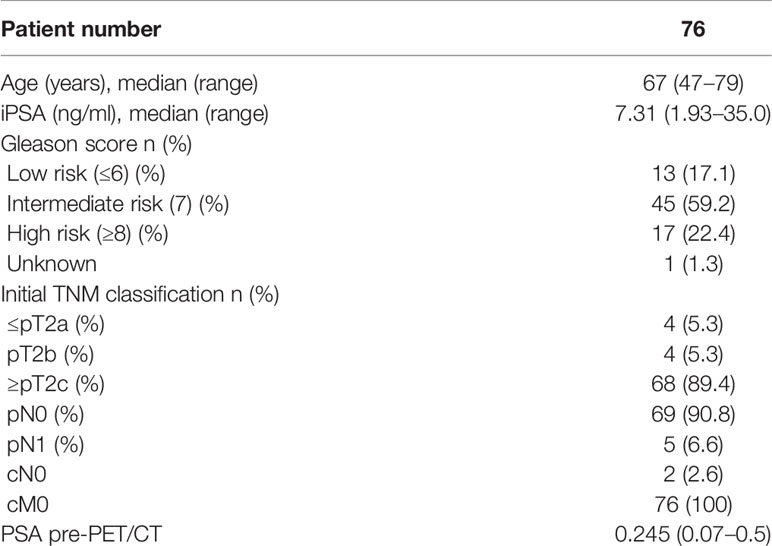
Frontiers | Changes of Radiation Treatment Concept Based on 68Ga-PSMA-11-PET/CT in Early PSA-Recurrences After Radical Prostatectomy
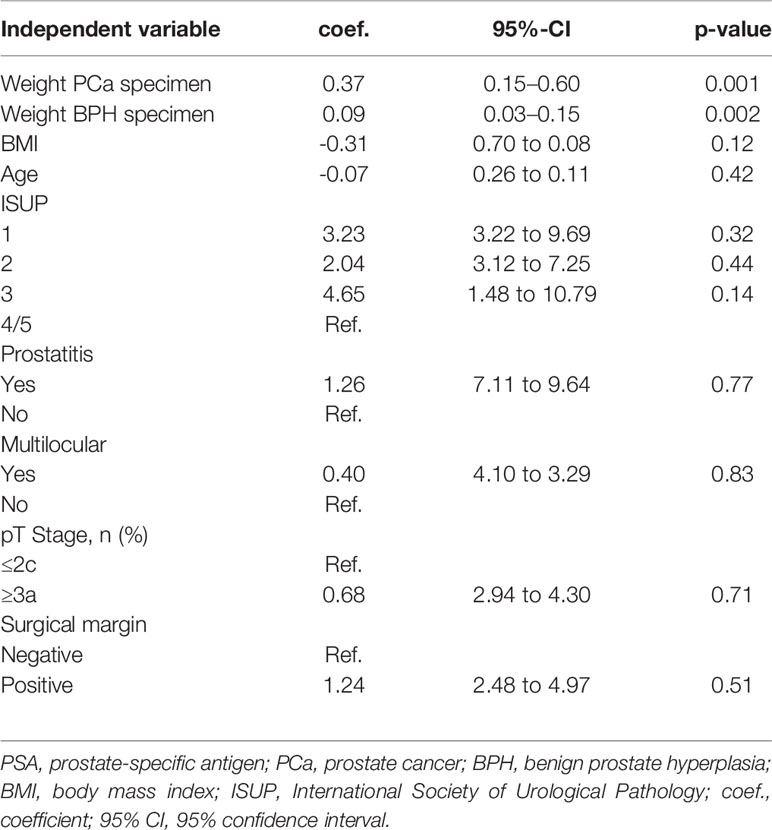
Frontiers | Influence of Tumor Burden on Serum Prostate-Specific Antigen in Prostate Cancer Patients Undergoing Radical Prostatectomy
